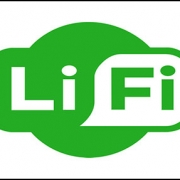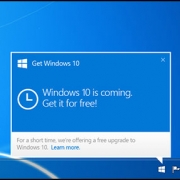Say hello to li-fi
Say hello to li-fi, the new wi-fi
Move over wi-fi, there’s a new kid on the block
This week, a new method of delivering information online was tested in Tallinn by Estonian start-up, Velmenni.
The technology, namely li-fi is able to provide internet access more than 100 times faster than the regular wi-fi we know and love, boasting top speeds of up to 1GB per second. Lab tests suggest this could further increase to a massive 224 GB per second!
How does li-fi work?
Li-fi requires an internet connection, an LED bulb or other enabled light source and a photo detector.
This innovative technology enables data to be encoded into pulses of light, similar to what happens in TV remote controls. The light spectrum is around 10,000 times bigger than the radio waves used for typical wi-fi, meaning we could potentially wave goodbye to those pesky low coverage hotspots.
Photo credit: BBC News
The pros and cons of li-fi
Li-fi is still in the early development stages but it’s likely to become accessible to consumers within three years. Here’s what you need to know:
Pros
- Li-fi does not interfere with other radio signals, meaning it could be used on aircrafts or near hospital equipment – something we’re not used to with wi-fi.
- Wi-fi radio waves are in short supply, but the light spectrum is much bigger, so it should never run out
Cons
- Li-fi technology cannot currently travel through walls which is highly unpractical. However, it could work well as a supplement in large wi-fi networks or areas where wi-fi is dangerous.
- The light signal is interfered by direct sunlight, meaning that outdoor useage is not possible.


